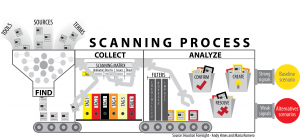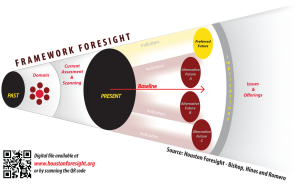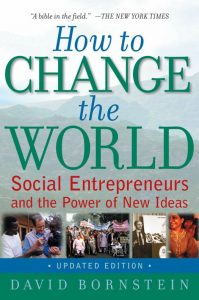I explored this question as part of my dissertation research a few years back from the perspective of the organizational futurist, that is, a futurist working internally for a single organization. While you can read the gory details in my dissertation, I’m happy to announce that a more user-friendly version has just been published in the Journal of Futures Studies: “Let’s Talk about Success: A Proposed Foresight Outcomes Framework for Organizational Futurists.”
I came at the question from my own experience as an organizational futurist for The Kellogg Company and the Dow Chemical Company, and from the perspective of a consulting and academic futurist helping futurists and organizations to start an organizational foresight function – whether companies, government agencies, NGOs, non-profits, etc. And spending many hours with colleagues in similar positions discussing various options.
Chemical Company, and from the perspective of a consulting and academic futurist helping futurists and organizations to start an organizational foresight function – whether companies, government agencies, NGOs, non-profits, etc. And spending many hours with colleagues in similar positions discussing various options.
To put it bluntly, I will be happy if we can simply start having better conversations about outcomes and success. Indeed the Foresight Outcomes Framework that I propose is quite simple and is primarily designed as a discussion starter with stakeholders and the boss. It can help to set expectations more appropriately. And it provides one with an alternative if the ROI imperative is introduced. My own personal view is to strongly avoid your success being tied toROI. My view of the organizational futurist role is that it is highly context-dependent, complex, intangible, messy. Sometimes it’s about learning; sometimes about making a decision; sometimes about making a thing! Sometimes all the above.
I am not suggesting that there be no measurement, but as I’ve watched projects pass through the meat grinder over several years, morphing several times, dying and rebirthing, I personally concluded that it is difficult if not impossible to come up with accurate ROI measure, but hats off to those who are trying, good luck, and indeed perhaps there is a way!
I won’t go into the details here. The article describes a guiding perspective (social constructionism) aimed at influencing the decision-making process (divided into learning, deciding, and acting), organized into a framework (described in the figure) and followed by implications, conclusions, and recommendations for further research. I’ll be interested in your comments! Andy Hines



